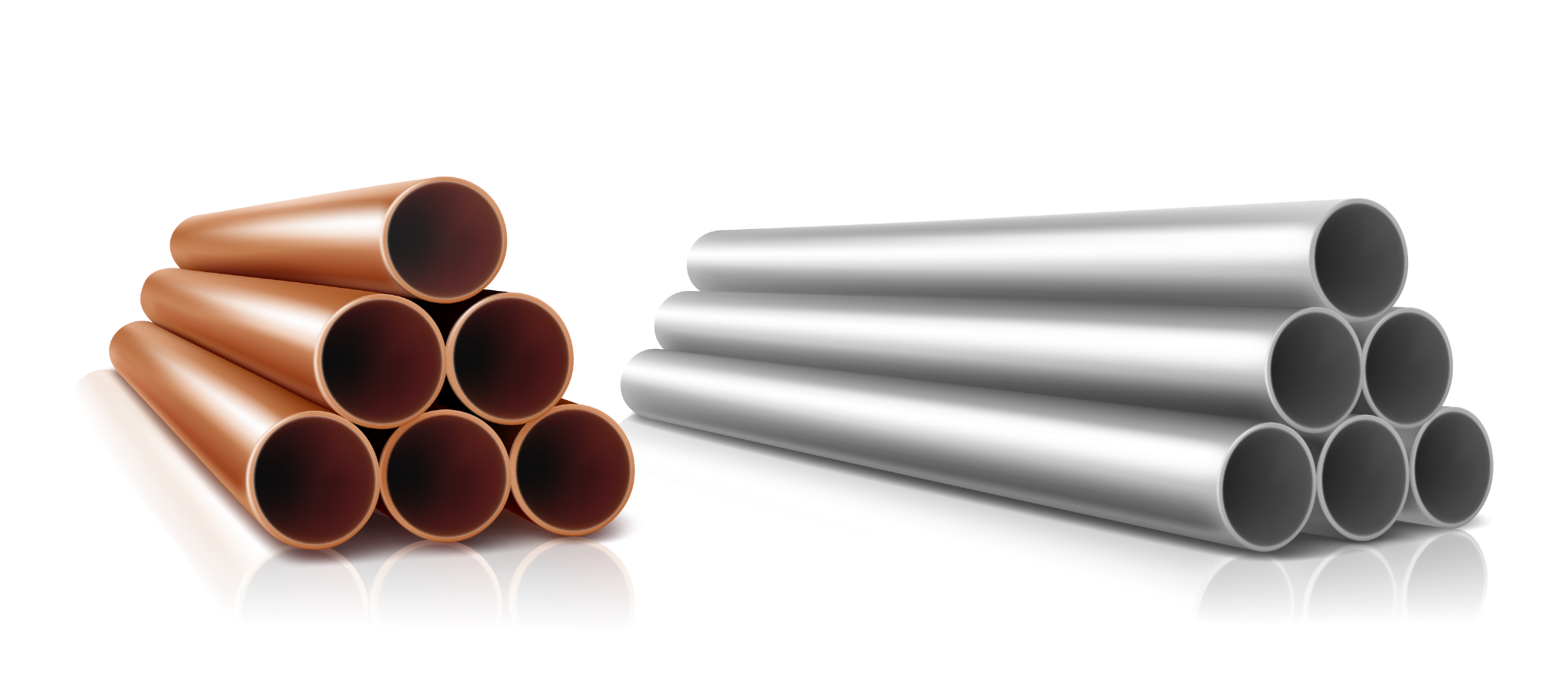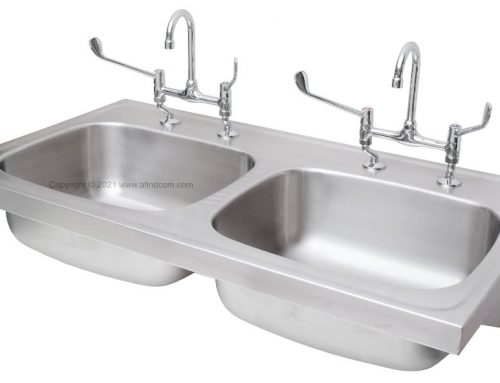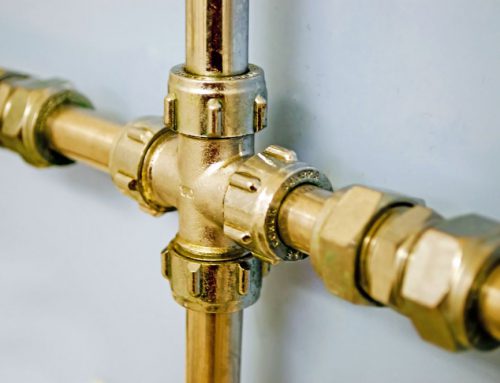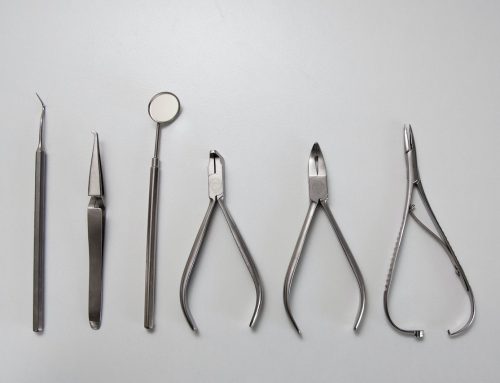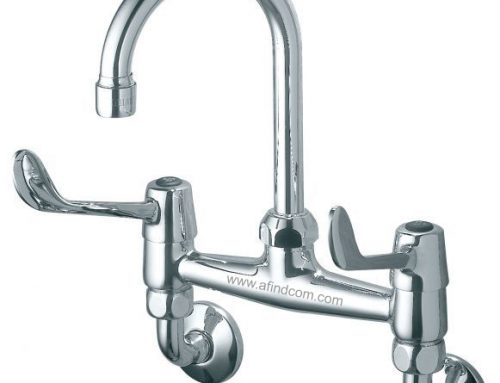When choosing between copper and galvanized pipes for plumbing, there are a number of factors to take into account. Here are some advantages and disadvantages of each material:
Copper pipes:
- Pros: Copper is a strong, long-lasting alloy that resists corrosion well, as long as you use DZR copper. In Africa, standard copper will corrode due to chemicals in the water. I have written a separate article on that topic. It is a hygienic alternative for plumbing because it is also resistant to bacteria. Copper is also flexible, which makes it easy to install and maneuver in tight spaces. Copper allows for brazed connections which do not leak easily compared to compression fittings
- Cons: Copper is expensive compared to galvanized steel or PVC. It’s also a good conductor of heat, which means that it may lose heat quickly in colder environments. Theft of copper pipe is also a big problem.
Galvanized pipes:
- Pros: Galvanized pipes are easier to obtain in remote hardware stores because they are less expensive than copper pipes. They are stronger and can be used as support for taps and other fittings.
- Cons: Galvanized pipes can rust over time, especially if they are exposed to water that is high in minerals. Because the inside of these pipes are uneven, bacteria and chemicals can accumulate causing unhygienic conditions and clogging. Galvanized pipes are not as flexible as copper pipes, which can make them more difficult to install and maneuver in tight spaces.
Ultimately, the best choice between copper and galvanized pipes depends on your specific needs, budget, and local building codes. If you’re unsure, it’s always best to consult with a licensed plumber for professional advice and installation.

